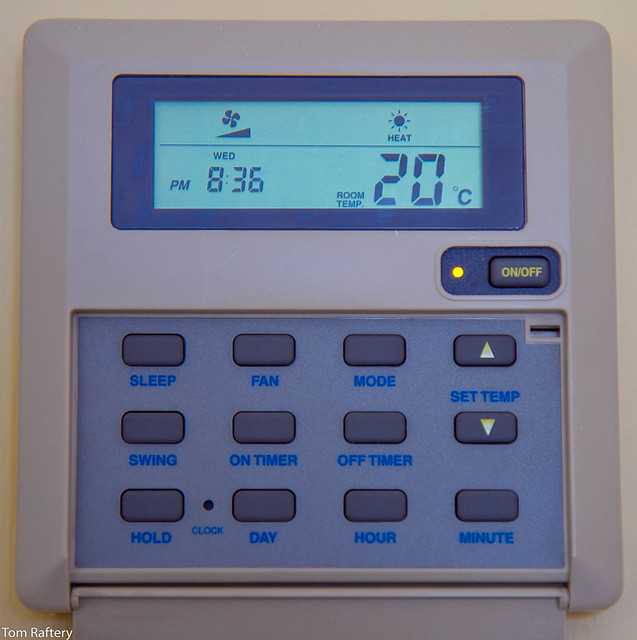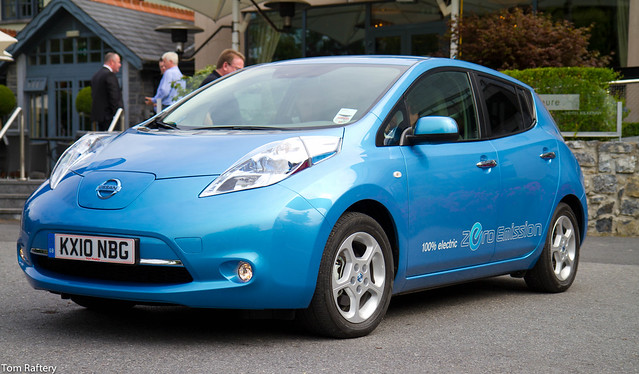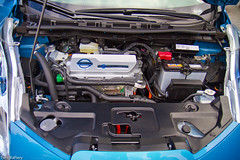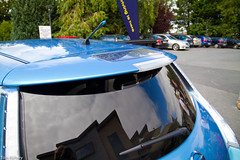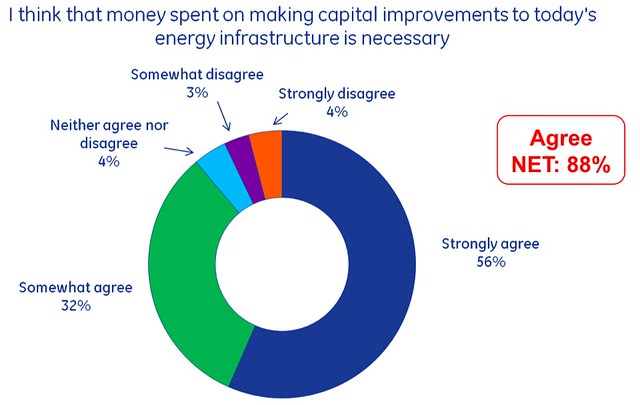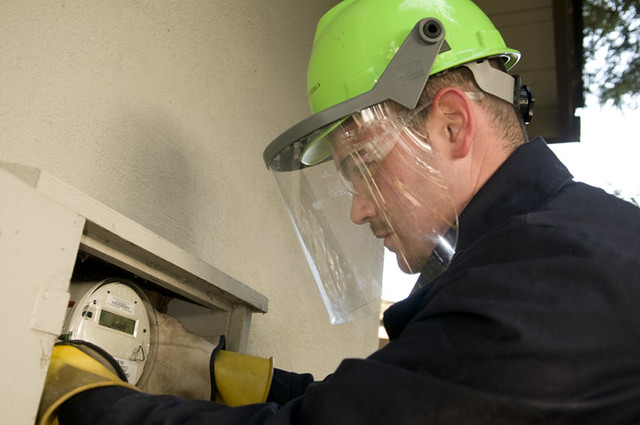
Photo credit pgegreenenergy
IBM seems to be making big moves in AsiaPac!
IBM made two significant announcements last week about projects it is involved in in South Korea and Shanghai. In the South Korean project, IBM is partnering with POSCO ICT “to develop South Korea’s first renewable energy management system for a smart grid.” When you combine this with the announcement last week that South Korea is investing $8.2bn to build out massive offshore wind farms, you can see why they might need a renewable energy management system!
The Shanghai project is a collaboration with Shanghai Electric Power to pilot new technology, developed by IBM Research and designated the Integrated Distribution Outage Planner (IDOP). IDOP upgrades a grid to reduce outage frequency and the duration of black-out time. According to the release:
Since the project was completed earlier this year, the rate of equipment availability at Shanghai Power has increased significantly, and the company’s sale of electricity has increased by 50 million kWh per month, which is equal to an incremental revenue of 35 million Yuan (US$5.1 million) a month.
So $5.1m in increased sales alone per month? That’s not to be sneezed at – kudos to the folks at IBM Research. Job well done.

